Five takeaways from our Instagram Live interview with Adrianne Sanogo.
An award-winning Graduate Gemologist (GG) from the Gemological Institute of America (GIA), writer and lecturer, Adrianne Sanogo is an expert at identifying gems, minerals and jewelry. She is a co-founding board member and education chair of the Black in Jewelry Coalition (BIJC). Here are five highlights from her interview on our Instagram account @rapaportjewelrypro.
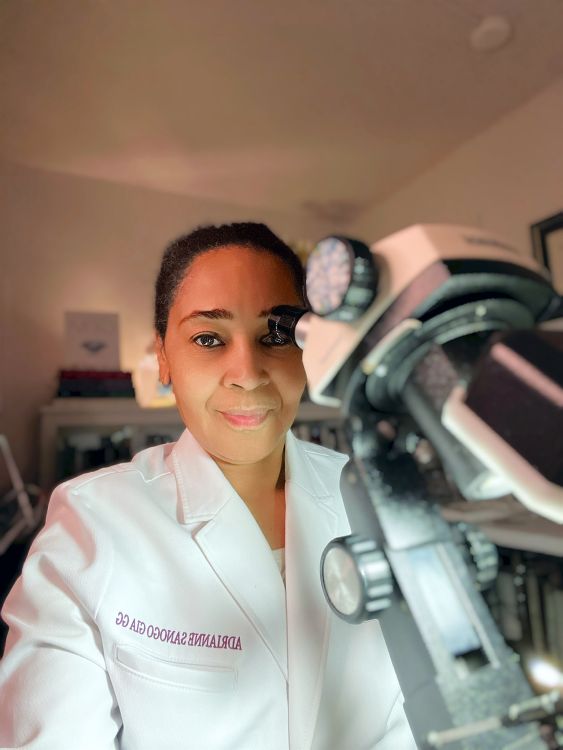
1. The gemologist’s job
“Gemologists are scientists who correctly identify minerals and gems, and they separate natural from synthetic or manmade. They also can determine value, and they identify species and varieties. There are different types of both gems and minerals. You have your species, but then you have varieties of species. So we are the people that separate all of that for you, for the public or for whoever the consumer happens to be.”
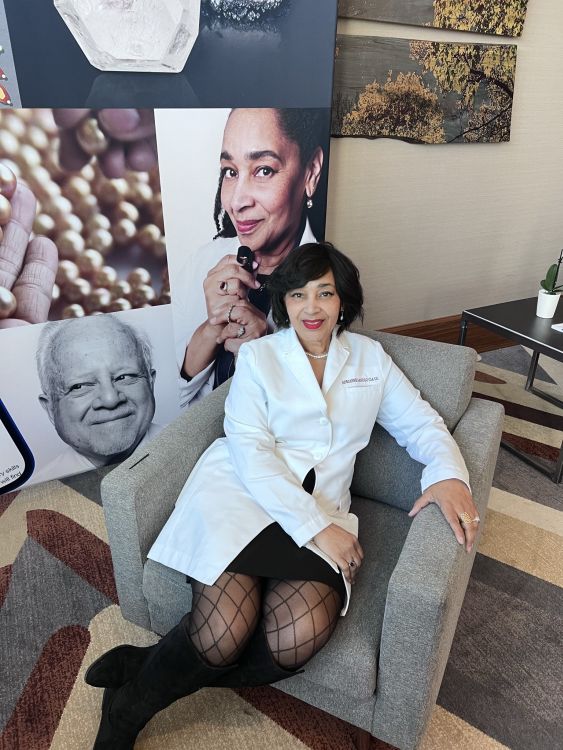
2. A gemologist’s key qualities
“Patience, perseverance, curiosity and equity. And you have to have a strong will because people will challenge you — consumers and people in the industry alike — about what you’re identifying. It could be something that they thought was one thing and you’re telling them it’s something else. You have to be able to stand your ground based on the research that you have been able to obtain with that particular gem, mineral or piece of jewelry.”
3. Financial aid is out there
“The GIA provides scholarships. Organizations, trade organizations can provide scholarships. Your religious institutions can provide scholarships. My dad was a US Marine. Because he served his country, I got a scholarship from them for the time that I study. They paid for a lot of my courses as well.”
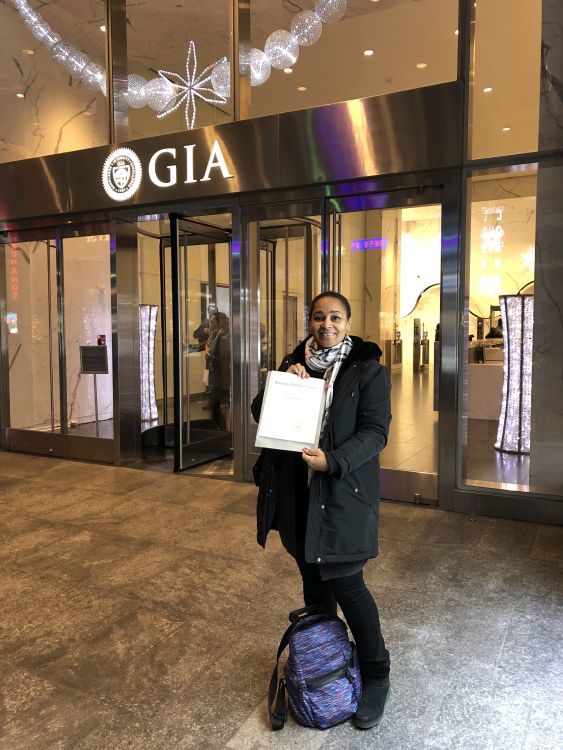
4. It’s more than microscopes
“When I was studying, I was like, okay, I want to be a gemologist. There’s going to be a microscope in front of me and a whole pile of gems and jewelry next to me, and I’m just going to be pulling things off and looking under the microscope. That’s what I thought I’d be doing, and I’m not doing anything like that. There are a lot of opportunities as a gemologist, especially thanks to lab-grown diamonds. More people are going to want gemologists on their staff to help separate the natural from the lab-grown, because as they come into the market more, we need skilled people who can do that. Number two, you can go into so many different fields as a gemologist. You don’t have to be behind a microscope. You could be in the auction houses, you could be in the retail space. You can be a buyer. You could be going on the buying trips at the mine sites or, you know, these big fairs where they have gems and jewelry to buy. You can be a journalist.”
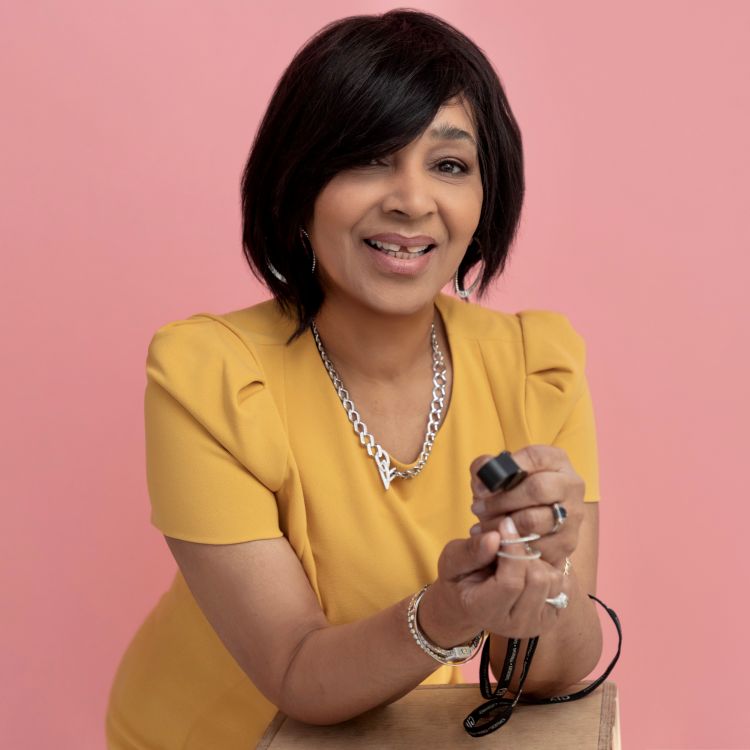
5. The next generation
“I like to go into the schools, the middle schools and the high schools, to introduce not just gemology but other careers in the industry to the younger people, because we want them to know that this is an option. And I introduce it as STEM — science, technology, engineering and math — because that’s what the jewelry and gem industry really is.”
The full interview is online on the Rapaport Jewelry Pro YouTube channel:

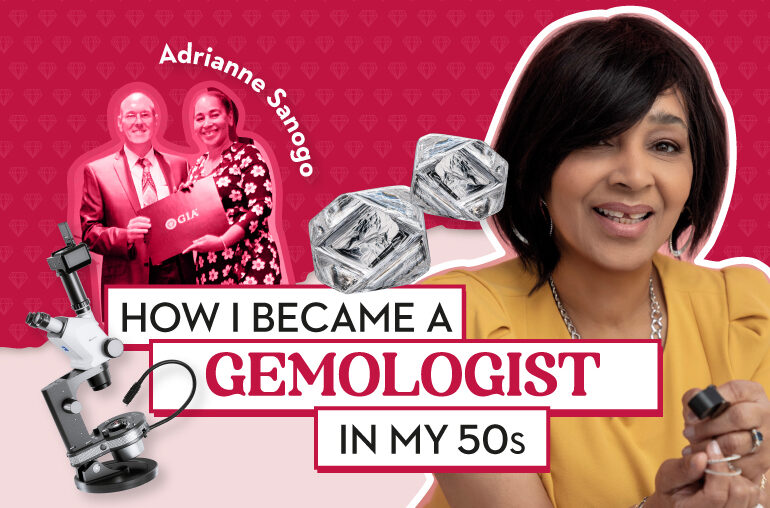
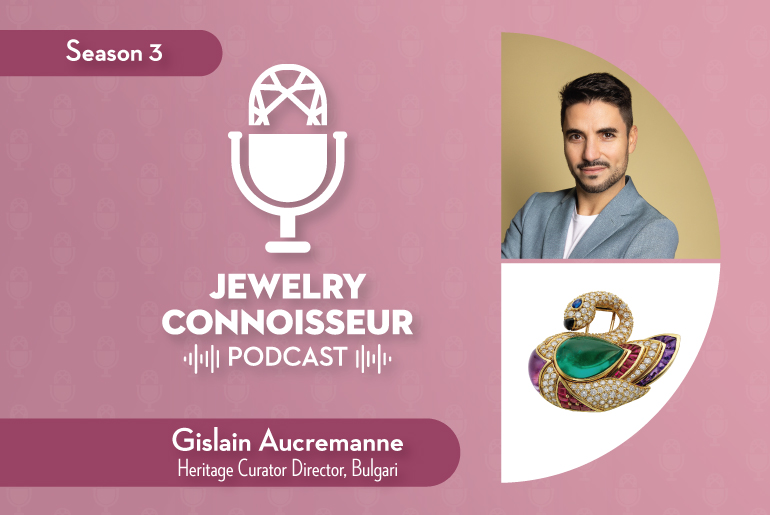
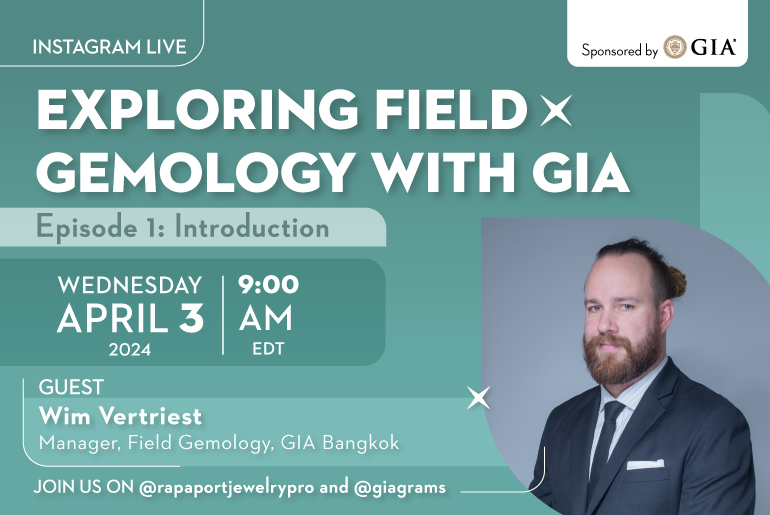
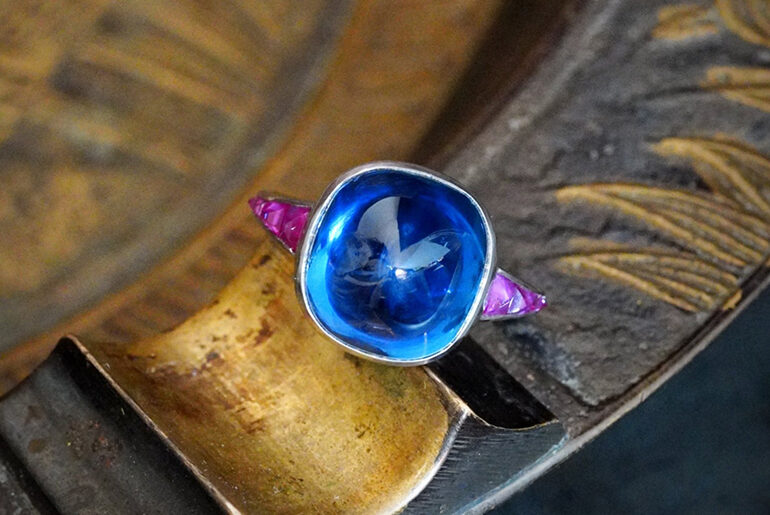
Comments are closed.